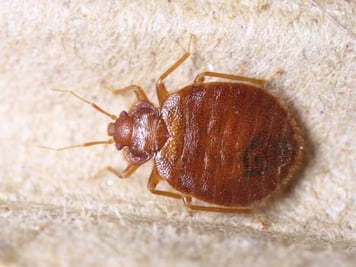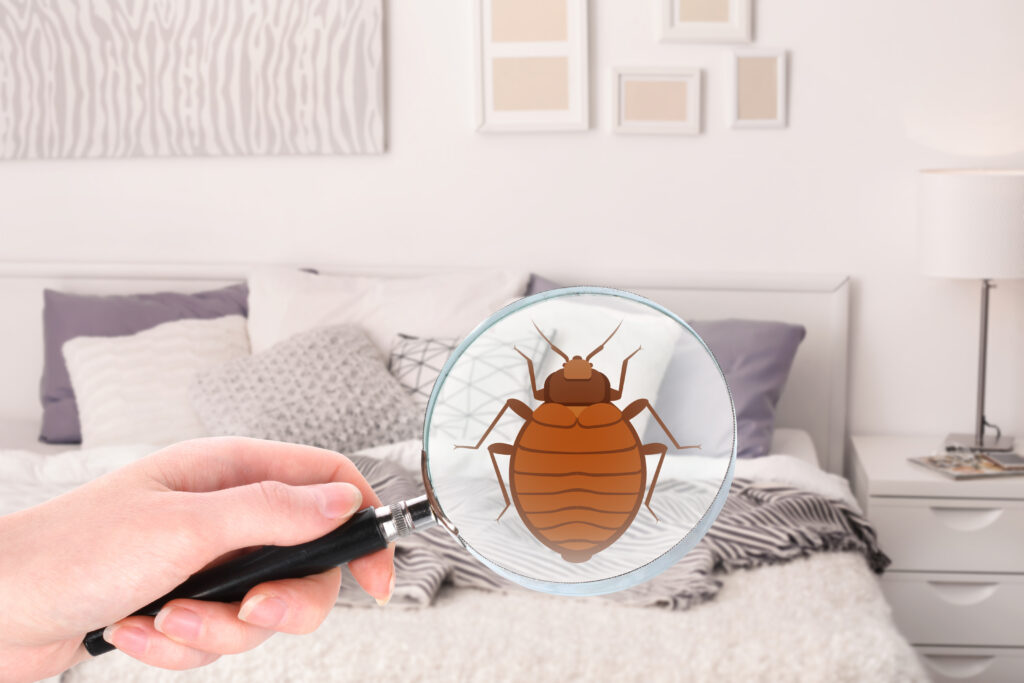Comprehending the Lifecycle of Insects for Targeted Control Approaches
Comprehending the lifecycle of pests is an essential aspect of efficient bug monitoring techniques. With a much deeper understanding of exactly how parasites grow and evolve, customized control methods can be created to resolve specific points in their lifecycle, inevitably leading to even more successful pest administration results.
Importance of Comprehending Pest Lifecycle
Recognizing the lifecycle of parasites is essential for developing reliable and targeted control techniques in pest monitoring. By understanding the various phases a parasite experiences from egg to adult, insect control experts can determine weak spots in the lifecycle where intervention can be most successful. As an example, understanding when larvae are most active can aid figure out the ideal timing for applying larvicides. Additionally, comprehending the lifespan of a bug varieties can assist in anticipating populace growth patterns and potential invasion risks.
Moreover, recognizing the certain environmental conditions needed for every phase of the parasite's lifecycle can assist choices on environment adjustment or exclusion techniques to lower and disrupt the lifecycle parasite populations. This knowledge allows pest administration experts to apply aggressive steps as opposed to relying solely on responsive treatments, resulting in more lasting and long-lasting bug control solutions. Inevitably, an extensive understanding of pest lifecycles equips pest control experts to tailor their techniques properly, minimizing ecological impacts and optimizing control outcomes.
Trick Stages in Insect Development
To successfully apply targeted control approaches in insect monitoring, a crucial aspect exists in thoroughly recognizing and comprehending the key stages in pest growth. Bug advancement commonly is composed of numerous essential stages that are critical for their lifecycle and management. The initial stage is the egg stage, where parasites lay eggs that later on hatch out into larvae. Larvae then advance into pupae, a phase where they undergo metamorphosis prior to becoming adult bugs. Understanding these stages is essential as it helps in pinpointing weak spots in the lifecycle where control measures can be most effective.

Vulnerabilities in Bug Lifecycle
Throughout the various phases of a pest's lifecycle, distinct vulnerabilities arise that can be strategically targeted for reliable control steps (A1 Bed bug Exterminator houston). One important vulnerability exists in the egg phase, where parasites are usually extra susceptible to certain pesticides or biological control agents due to their soft external shell, making them less complicated targets for intervention. Understanding these susceptabilities in the bug lifecycle is essential for creating precise and reliable control techniques that properly handle bug populaces while minimizing ecological impact.
Implementing Targeted Control Procedures

Implementing targeted control measures generally includes a multi-faceted approach. This might consist of habitat alteration to make the environment much less friendly to parasites, such as removing standing water for insect control or sealing access factors for rodents. Furthermore, organic control techniques can be made use of, where natural killers or pathogens are presented to maintain bug populations in check.
Chemical control, such as the cautious application of chemicals, is an additional common technique. However, it is important to utilize these substances sensibly to lessen ecological impact and potential injury to non-target species. Integrated Pest Monitoring (IPM) methods that integrate various control procedures in a coordinated and lasting manner are commonly one of the most reliable in attaining long-term bug administration objectives. By carrying out targeted control actions based upon a detailed understanding of insect lifecycles, bug populations can be efficiently controlled while reducing threats to human wellness and the environment.
Improved Bug Administration Practices

In addition, the unification of organic control agents, such as natural predators or pathogens of insects, can help decrease reliance on chemical pesticides and promote a more well balanced environment. Applying physical obstacles and traps can additionally belong to enhanced pest monitoring methods, supplying non-toxic and targeted solutions for parasite control. Furthermore, using pheromones and various other semiochemicals can interrupt pest mating patterns and interaction, resulting in reduced insect populaces with time.
Final Thought
Finally, comprehending the lifecycle of parasites is important for effective parasite administration techniques. By recognizing crucial stages in bug advancement and vulnerabilities in their lifecycle, targeted control procedures can be carried out to minimize parasite populaces. Enhanced insect administration methods can help in reducing the dependence on broad-spectrum chemicals and advertise more lasting and environmentally pleasant insect control navigate here techniques. This understanding plays a crucial duty in preserving healthy communities and agricultural efficiency.
Recognizing the lifecycle of pests is important for developing reliable and targeted control approaches in bug administration. By understanding the different stages a parasite goes via from egg More Bonuses to adult, parasite control experts can recognize vulnerable factors in the lifecycle where treatment can be most effective. Inevitably, a detailed understanding of pest lifecycles encourages bug control practitioners to customize their approaches properly, making best use of and decreasing environmental influences control results.
By implementing targeted control actions based on a comprehensive understanding of pest lifecycles, insect populaces can be properly managed while reducing risks to human health and the setting.
By determining key phases in bug advancement and susceptabilities in their lifecycle, targeted control steps can be applied to lessen bug populations.